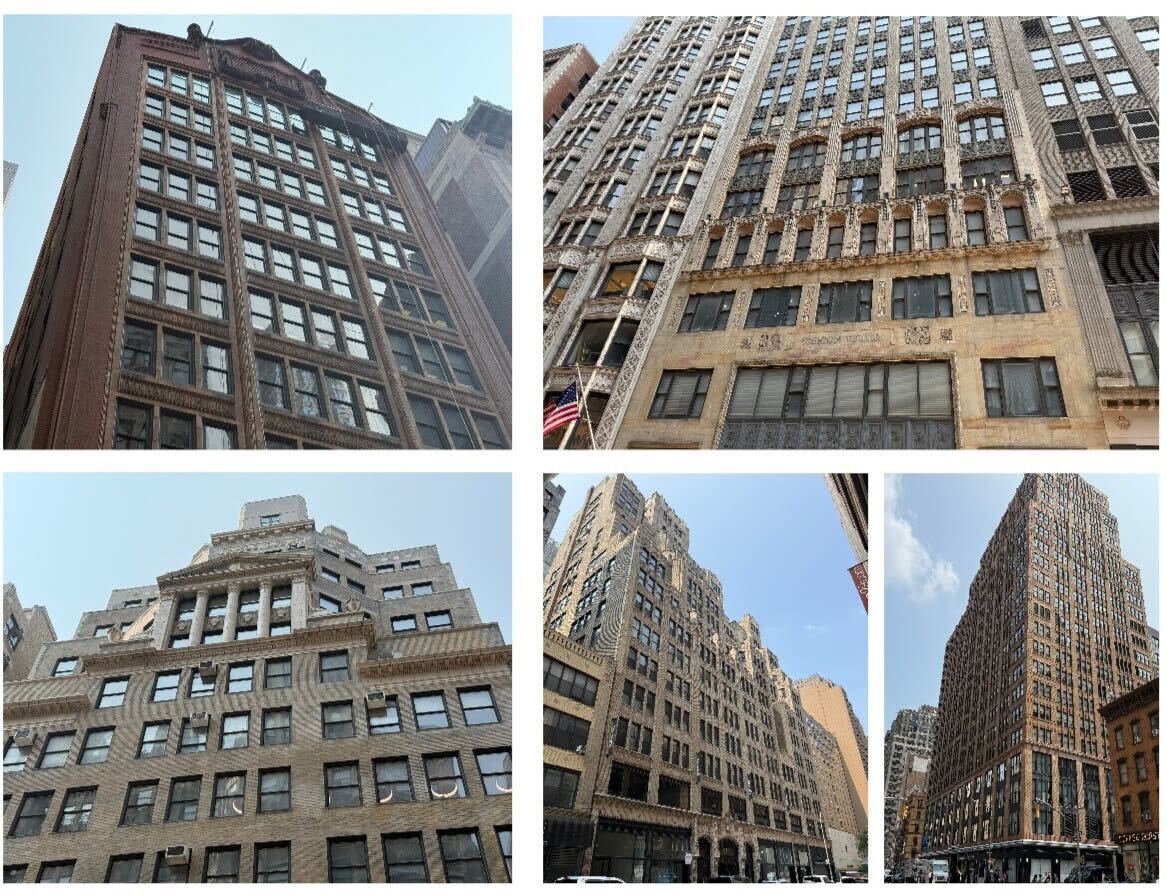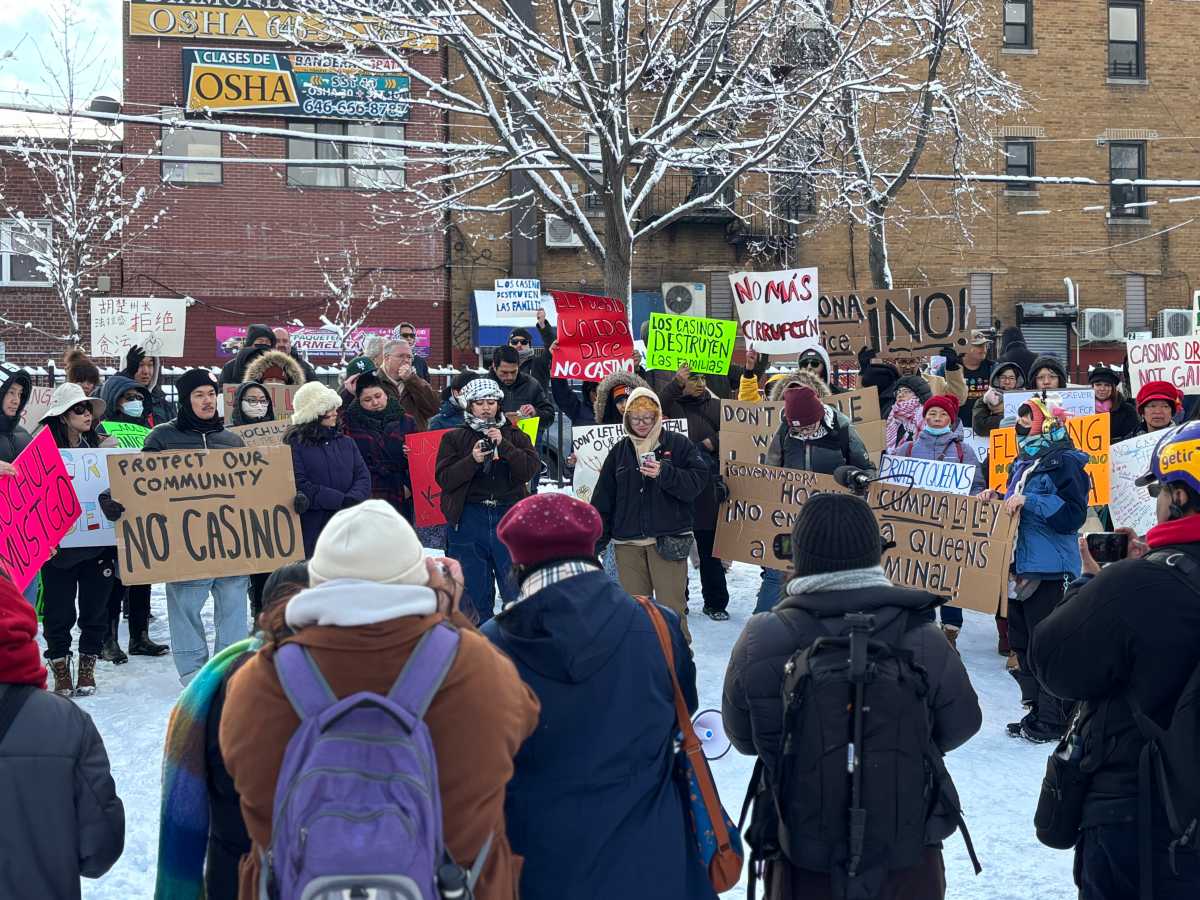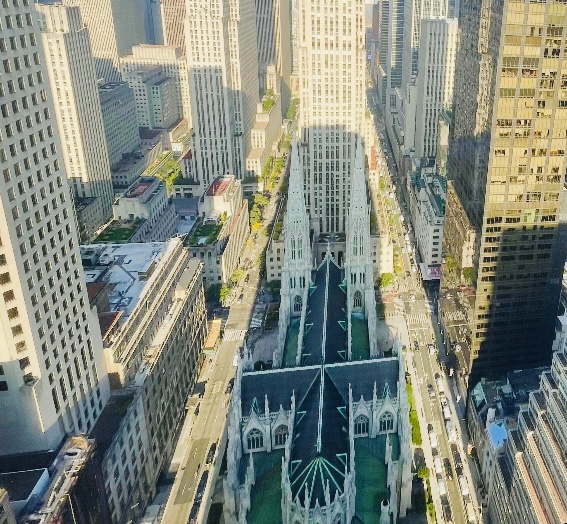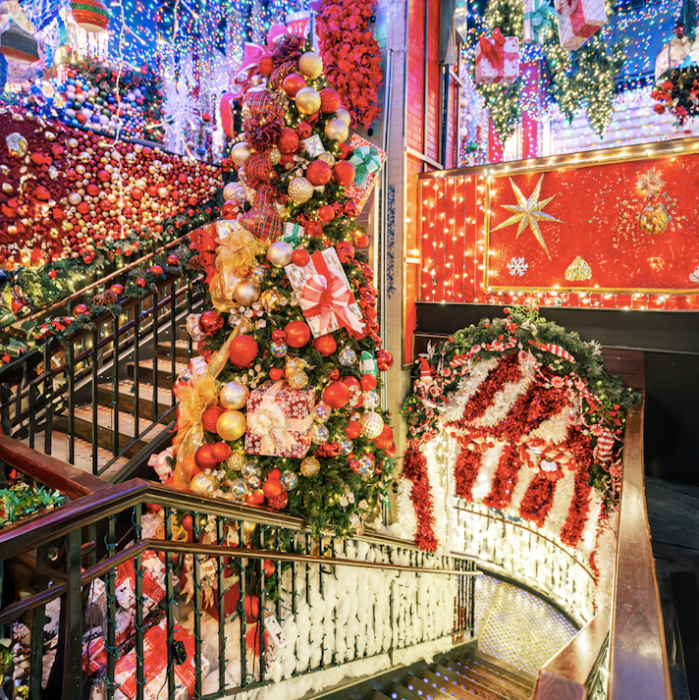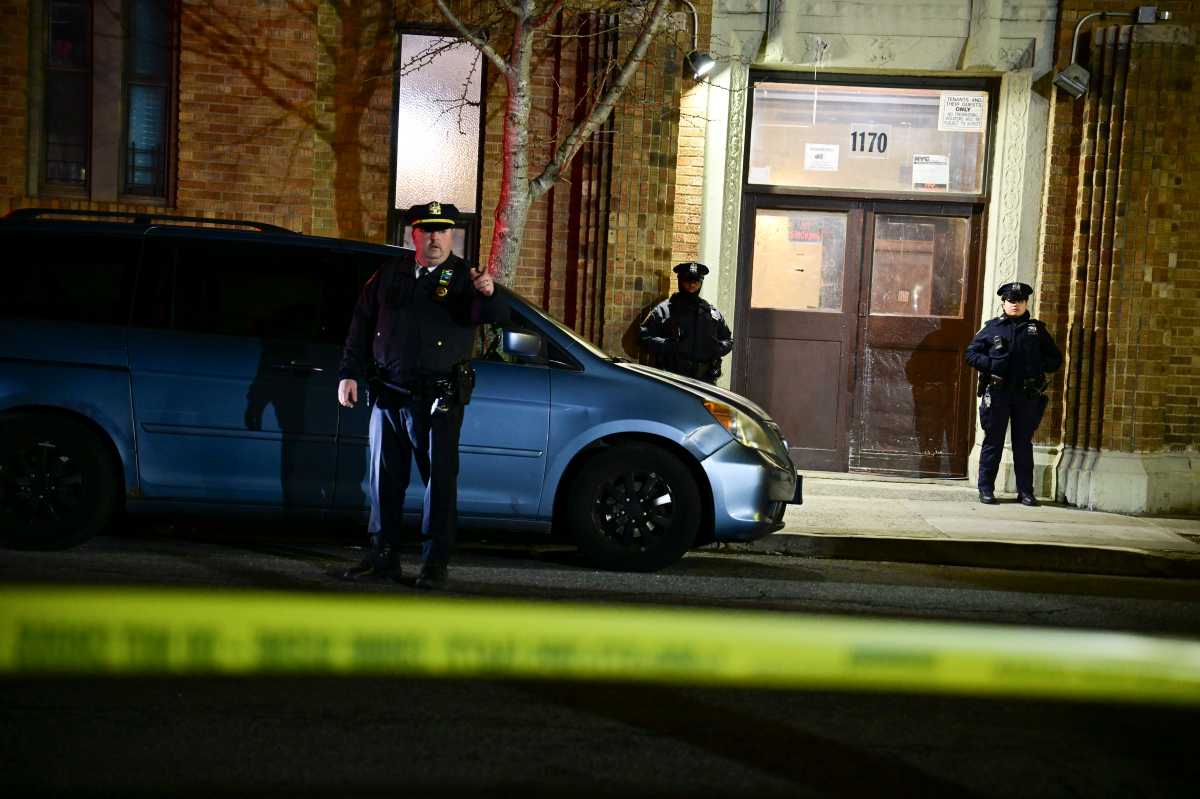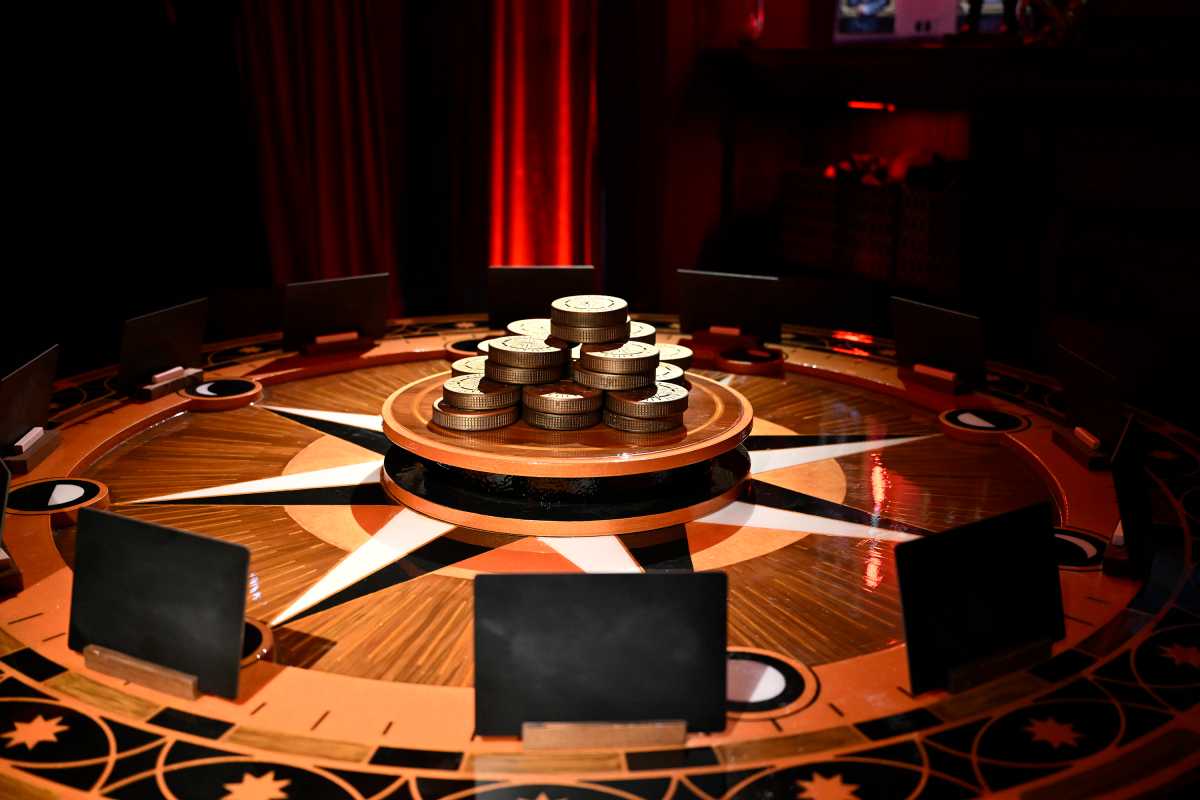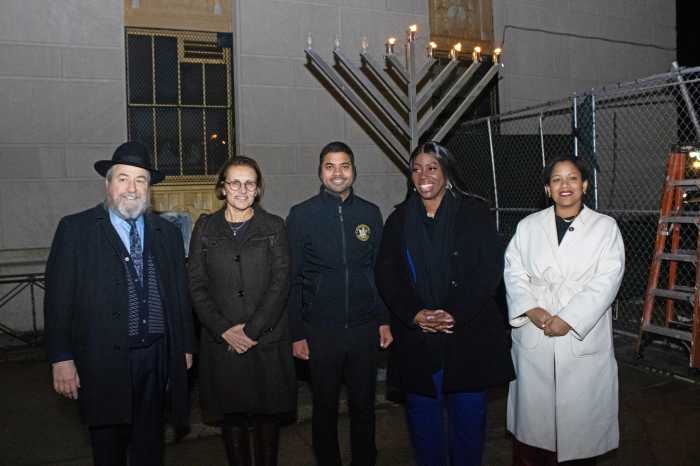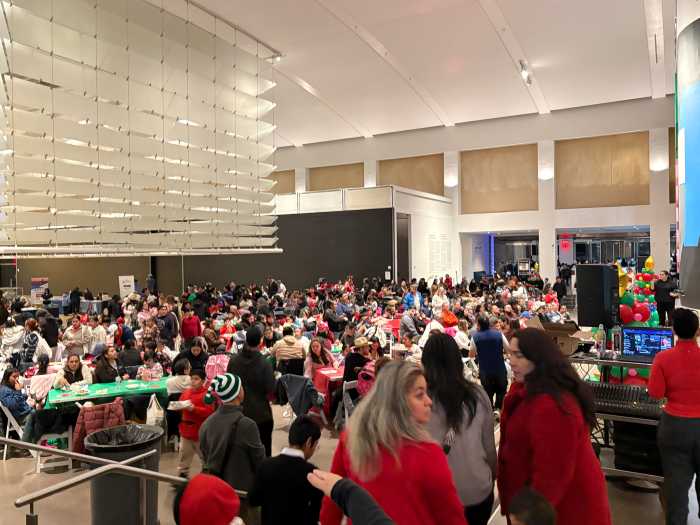The Landmark Preservation Commission (LPC) designated five buildings in the Garment District as individual landmarks on Tuesday.
The designation protects the exterior features and structure for the historic buildings — the Barbey Building, Fashion Tower, Furcraft Building, 29th Street Towers and the Lefcourt Clothing Center — all of which LPC said represent the commercial and cultural history of the Garment District. LPC’s vote came less than one week after a City Council committee advanced a proposal to rezone Midtown South that would allow over 9,500 housing units to be built.
LPC Chair Sarah Carroll said the five buildings capture the Garment District’s history.
“Designed by many of the city’s leading architects of the time, the buildings designated today are some of the Garment District’s most impressive examples of early 20th-century commercial architecture, which tell the full story of the Garment District’s historic development, the people who worked here, the labor history that grew here and spread nationally, and the industry that has been one of New York City’s most important economic and cultural engines,” Carroll said in a statement.
The designation does not require City Council approval, but the Council has 120 days to modify or reject it.
LPC collaborated with the Department of City Planning (DCP) to identify and preserve these buildings as the Midtown South Mixed-Use (MSMX) plan was advanced, according to a press release.
The MSMX plan would redesignate 42 blocks between West 23rd and 40th Streets and Fifth and Eighth Avenues for housing development, allowing the city to repurpose office spaces. The final plan also included a $122 million fund to support Garment District businesses, after many local workers argued the rezoning would harm their businesses.
Manhattan Councilmember Erik Bottcher, who represents part of the Garment District and supports the MSMX plan, said the landmark designation will protect crucial parts of the city’s history.
“The Garment District is not just a collection of buildings — it’s the story of the people who built New York’s global reputation for creativity, craftsmanship, and innovation,” Bottcher said in a statement. “By preserving these remarkable structures while making way for new housing, we’re honoring our city’s rich history and ensuring a vibrant, mixed-use future for Midtown South.”
Each of the buildings were epicenters of New York’s commercial fashion and clothing industries, including hosting manufacturing plants throughout the early 20th century.
LPC considered the buildings’ landmark status at a May hearing, where Andrea Goldwyn, the public policy director of the New York Landmarks Conservancy, testified that the buildings harken to New York’s history of being a leader in garment design and manufacturing.
“The architecture represents the era well,” Goldwyn said at the hearing. “All are masonry clad towers, with distinct and delightful ornament, that occasionally makes a direct connection to the Garment trade. Designed by notable architects, they were purpose-built, with loft spaces for showrooms, studios, manufacturing and office use.”
DCP Director Dan Garodnick said LPC’s designation shows how New York City can grow and change while preserving its historical roots.
“Smart planning and preservation go hand-in-hand, and we’re utilizing all the tools at the City’s disposal to help Midtown South adapt and grow while protecting the neighborhood’s vibrant history,” Garodnick said in a statement. “These architectural gems won’t just enliven the neighborhood for current and future residents, they also serve as a reminder of the continuous adaptation across historical eras in Midtown Manhattan.”



